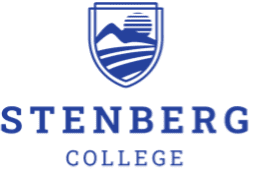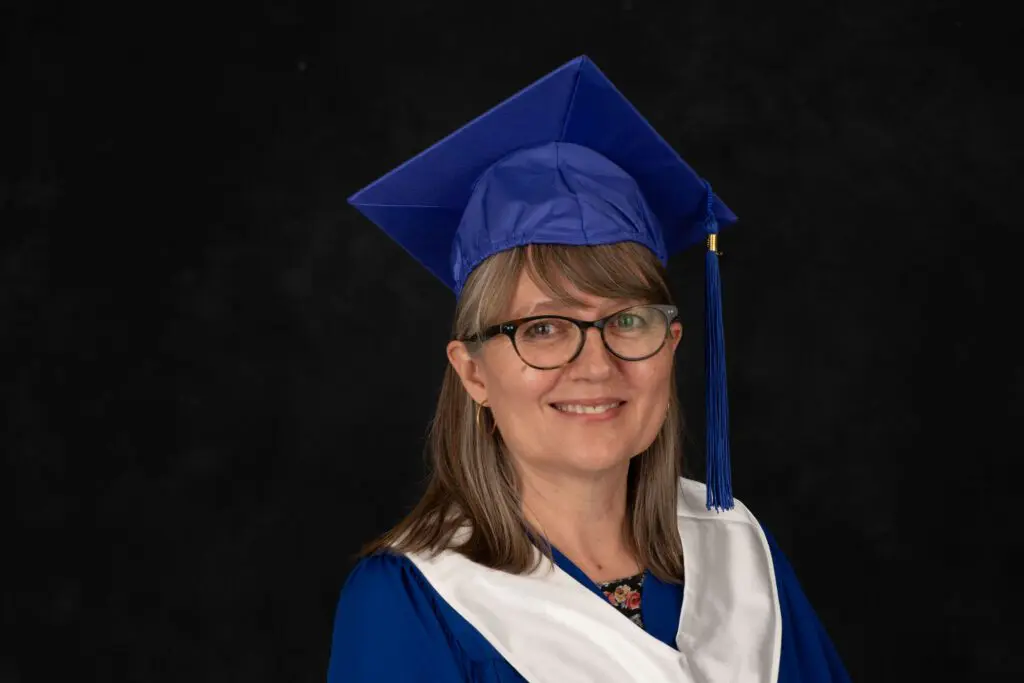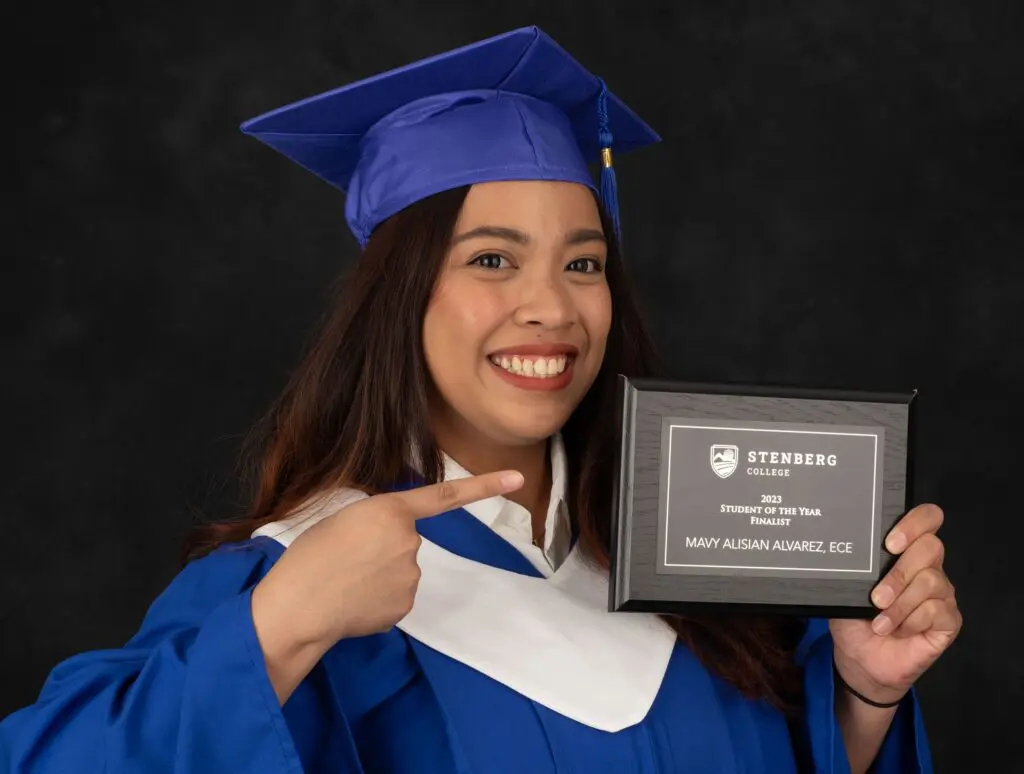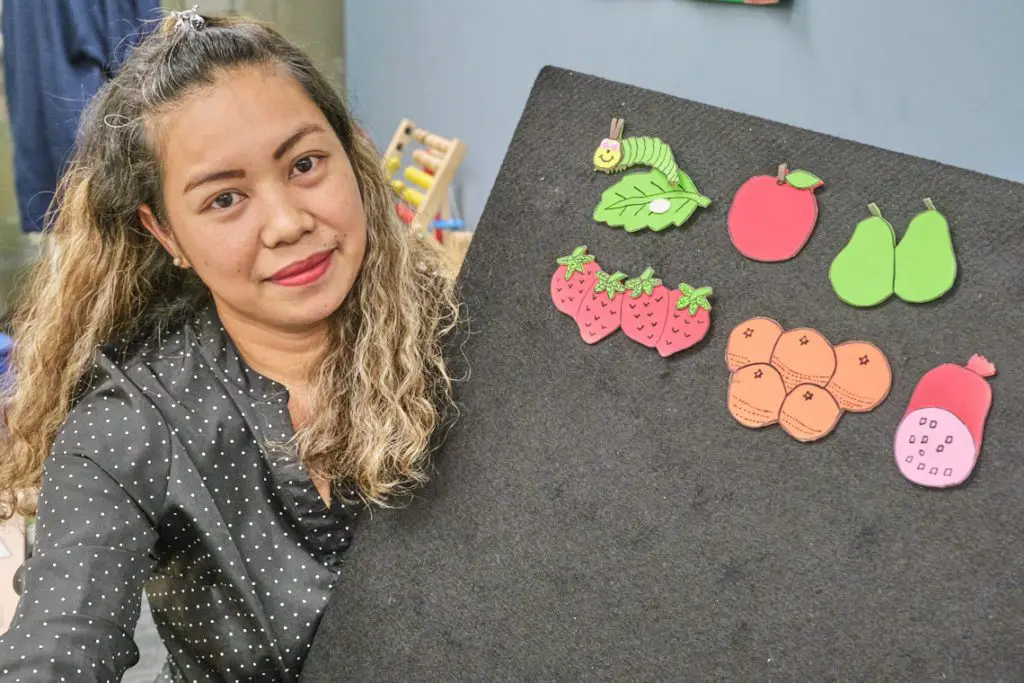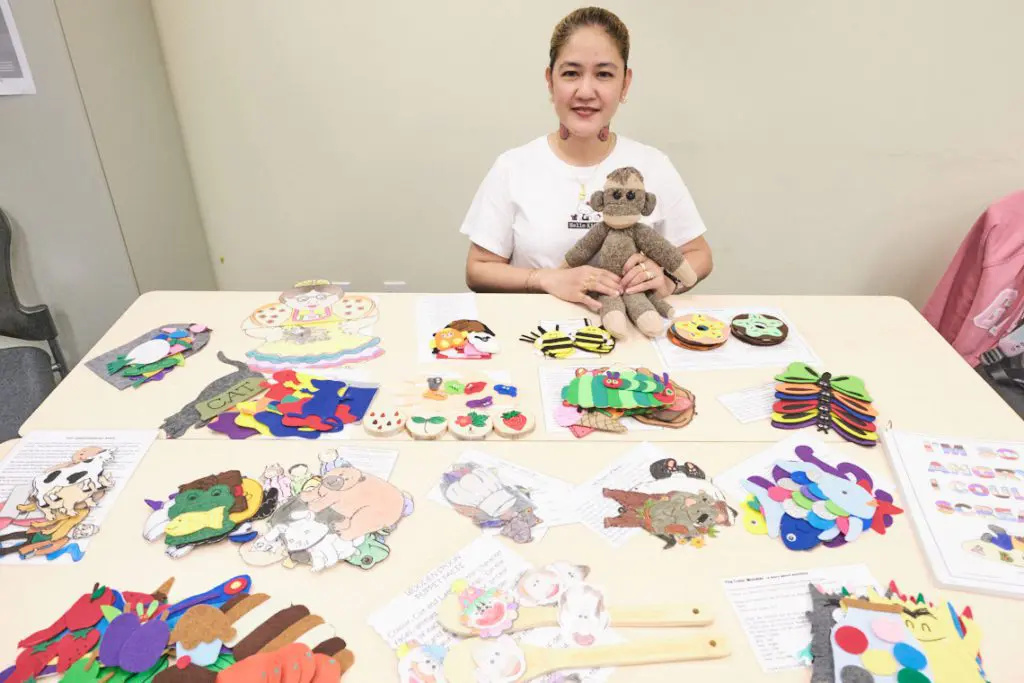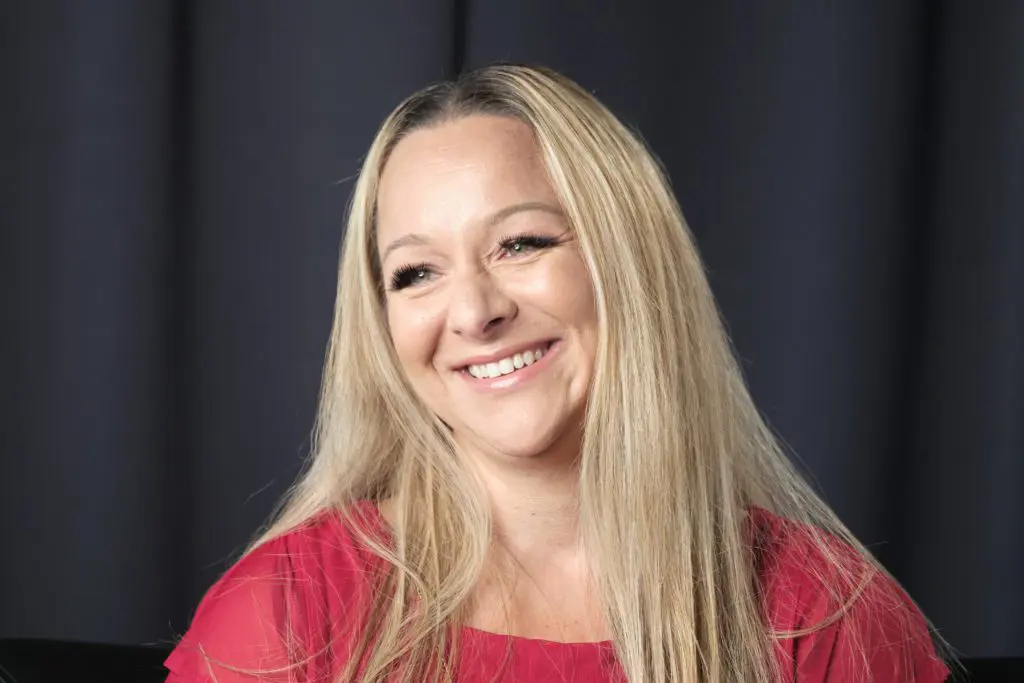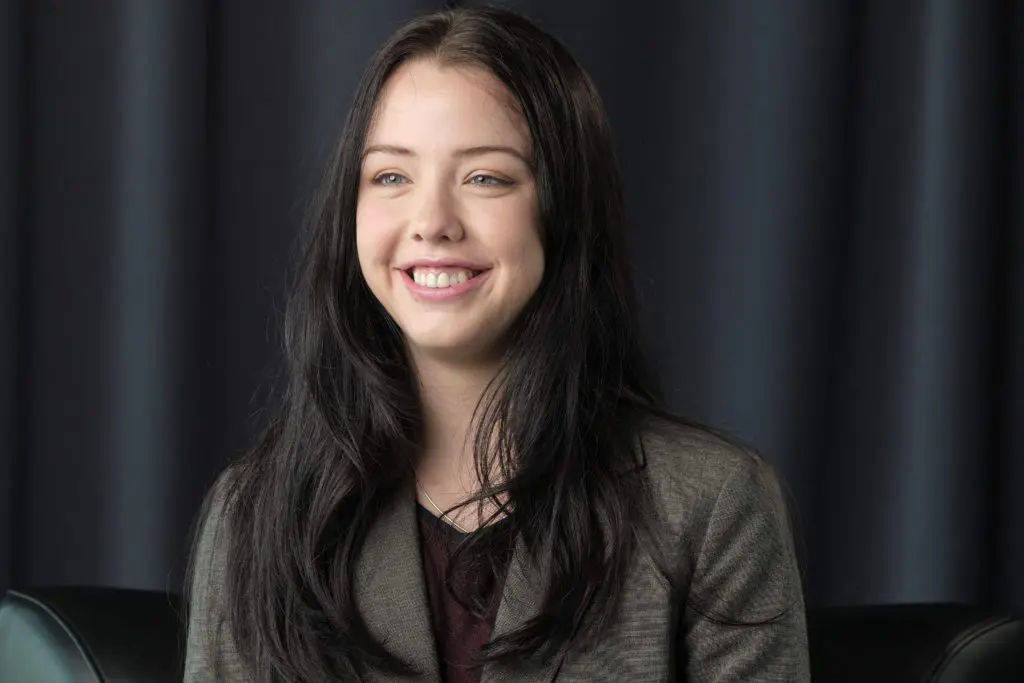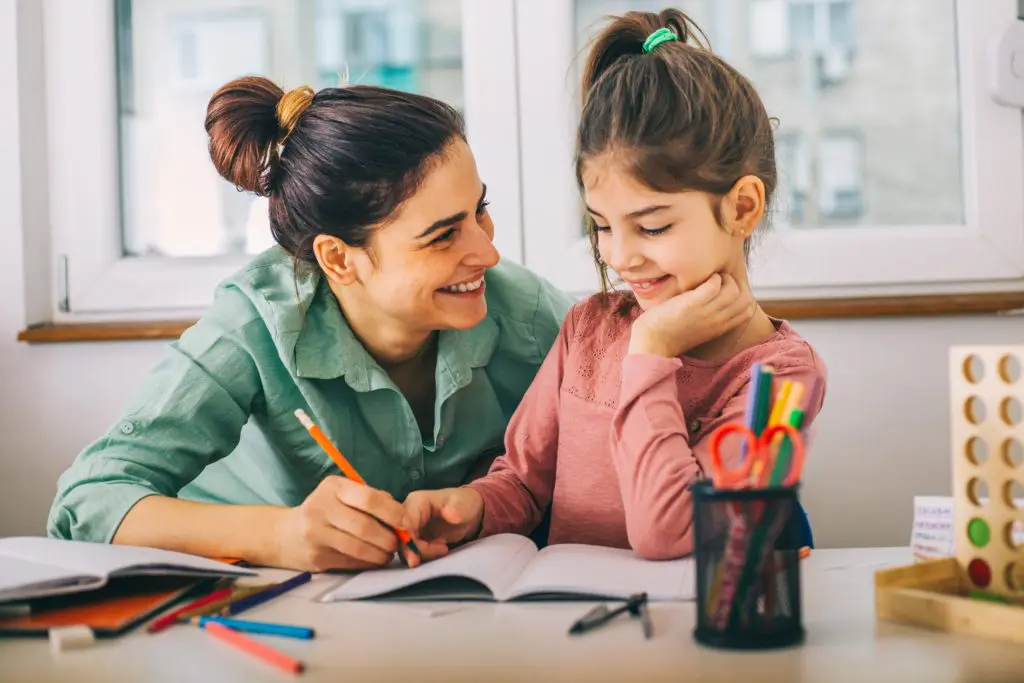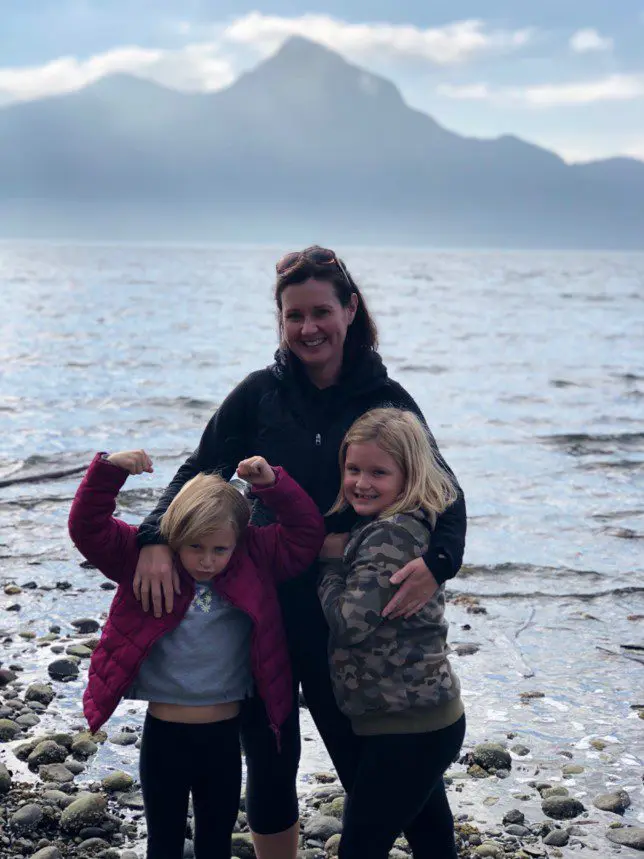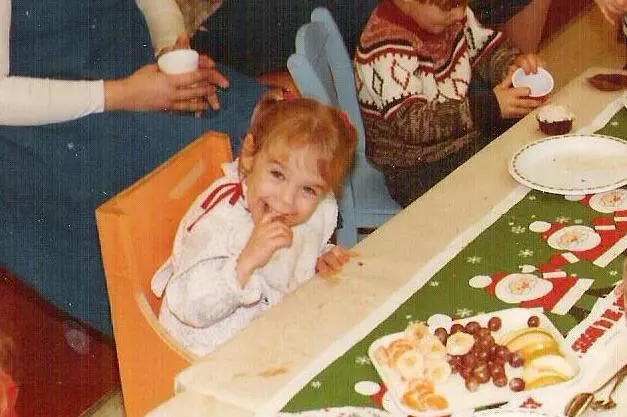Whether you plan to become an educational assistant or an early childhood educator in a kindergarten classroom, preschool, or daycare, you will be responsible for providing the first wave of care and guidance to the next generation of impressionable students. Due to these student’s developmental age, they have not yet learned how to effectively resolve disagreements and conflicts, be it on the playground or in a classroom setting. Naturally, helping to impart this essential skill at such a young age will serve your students well as they continue to grow.
The Right Environment
Once you begin your educational assistant training, you will learn that the first step in resolving any conflict – especially one where young children are involved – is finding an isolated and quiet place for them to talk. It’s important to extricate the child from where the immediate conflict occurred. This will allow them to begin to understand the nature of the argument without interruption from other students.
Guiding Children Through Discussions
Early childhood education training will teach you that children often have strong emotional reactions, and that these reactions will grow stronger and harder to control during moments of conflict. Setting some basic ground rules for students to follow during a disagreement can help maintain calm and order while you work with them to find a solution. Some general guidelines that might help the discussion go a little more smoothly include having everyone sit in a circle, giving each child a chance to speak, barring any interruptions and permitting each person to offer up a potential solution.
There are Multiple Sides to Every Story
It’s very important that each person has a chance to tell their side of the story. Without a rational mediator allowing every voice to be heard, some children may only grow progressively frustrated. You might find that some kids are more reserved than others, and you will need to prompt them to speak their part. By simply using names when directing your questions, you will be able to initiate a truly inclusive dialogue. You can follow this method for each person involved – directing your questions to specific students will help everyone involved know who should respond, an ensure that no one is left out of the conversation.
Get Creative to Find a Solution
Finding a solution can actually serve as a fun learning activity for the students – you might suggest they brainstorm ideas by writing everything down, or perhaps even by drawing (or colouring) pictures. Once each child has pitched their very own solution, you can help them choose the one that will make everyone happy, and resolve the situation. One way to ensure that the children understand how their solutions will play out is to have them role play everyone’s idea – this will help them see how each solution will affect all parties involved.
Keeping a Watchful Eye
Just because a solution has been agreed upon does not necessarily mean that the conflict has been fully resolved. Youreducation assistant diploma will teach you that young children tend to change their minds very quickly. So, keeping an eye on them is important throughout the resolution process. Supervision will help ensure that each child follows through with the chosen solution. However, once they’ve been through the process a few times with your help, you’ll notice that the routine will become natural to them, and they’ll be following your steps in resolving conflicts all on their own in no time!
Do you know of any other tips for resolving conflicts between young people?
